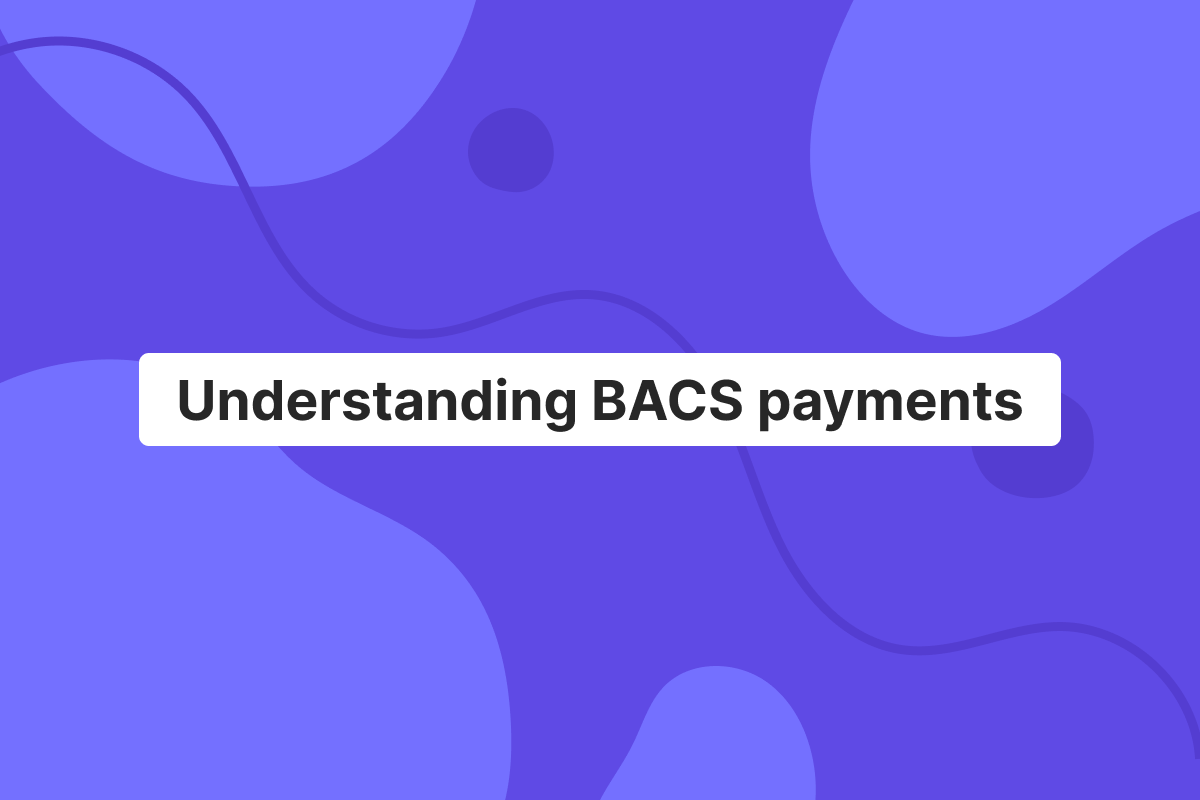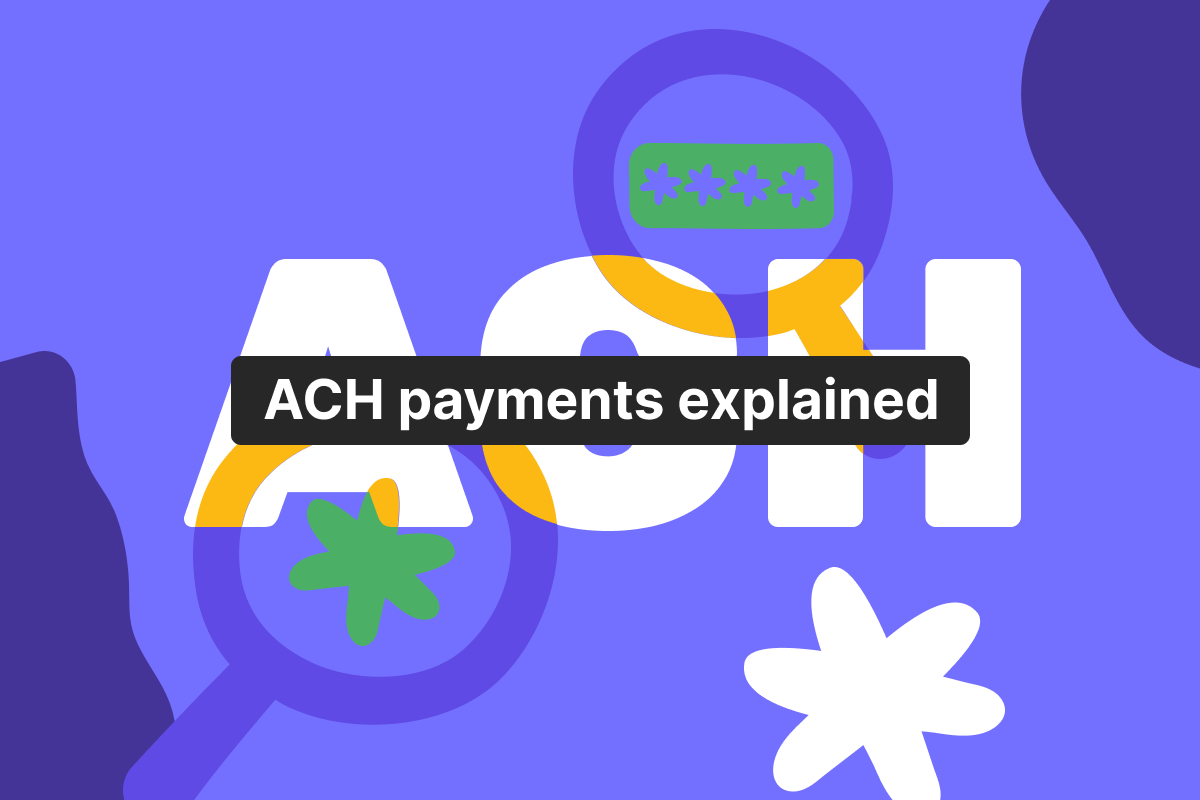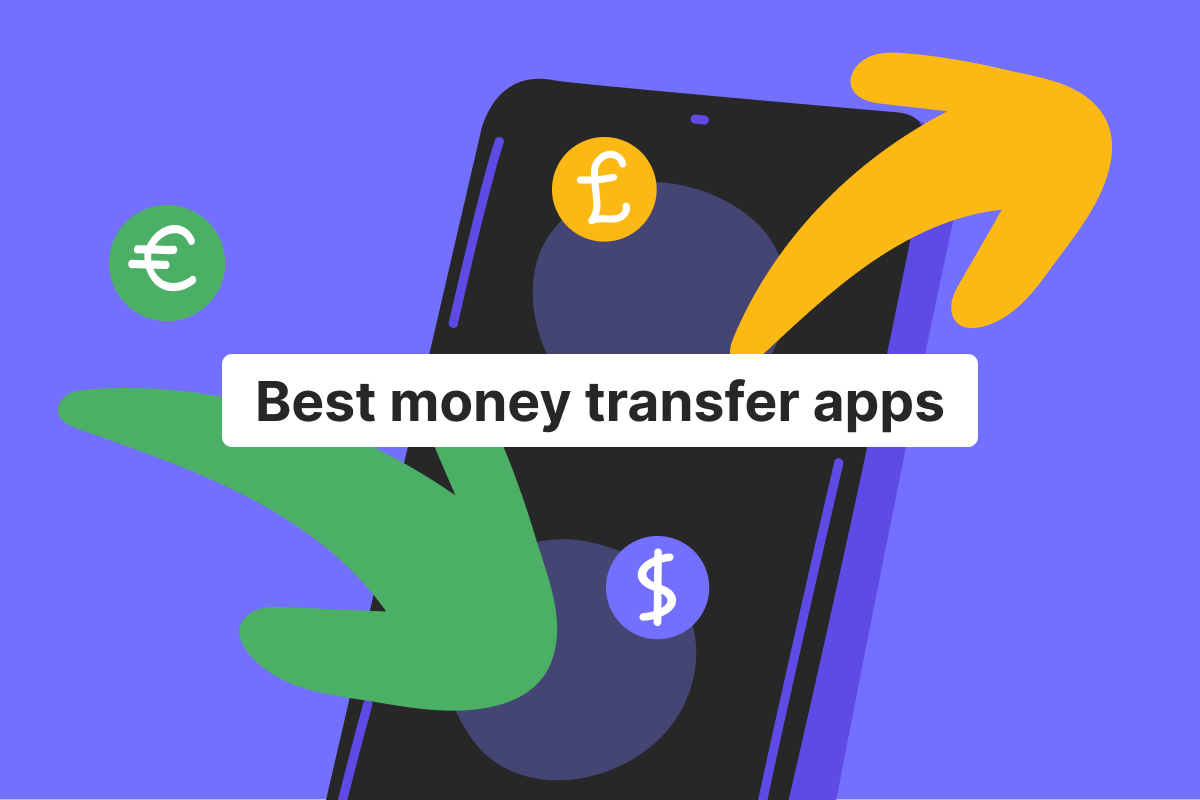Genome Blog / articles / What is the difference between e-Wallets and payment gateways? Can a merchant use digital wallets instead of payment gateways?
May. 5, 2020
The popularity of e-Wallets grows daily, but not all people are aware of this payment method’s services and specifics. Some believe that digital wallets are a safer modern replacement for physical wallets. Others find virtual wallets more convenient for online transactions. And some merchants are wondering whether you can replace a payment gateway with a digital wallet.
We at Genome decided to answer the most common and tricky questions about and involving electronic wallets.
What is an e-Wallet?
An electronic wallet is an application used to mimic our physical wallets online – you can store money and buy products and services via computer or phone using it. Besides, e-Wallets are utilized as an authentication method – not only do they save your credit card details and financial data, but also your shipping address, ID-information, etc.
To get one, a person needs to check different options among digital wallet companies, open an e-Wallet account, and download a necessary app to your phone or PC.
Virtual wallets are gaining popularity among customers each day, hence more and more e-commerce shops update their payment methods to meet the demand. For this, business owners need to contact payment companies like Stripe and Alipay to install necessary APIs and start accepting e-Wallet payments on their website.
Some merchants go a step further and use thin wallets, aka server-side digital wallets. Contrary to customers’ virtual wallets, these wallets are situated on the merchant’s site and created for each buyer. Server-side wallets contain financial and personal information about the company’s customers. A person with this type of wallet needs to enter their connected e-mail address and password on the merchant site to make a purchase.
To learn more about electronic wallet features, we first need to point out the difference between digital, mobile, and e-Wallets.
What types of e-Wallets are there?
Just to be clear, sometimes all these types of electronic wallets are considered synonyms by PSPs, merchants, and clients. Others believe that the difference lies in the services they provide. Below we’ve compiled their most common characteristics, but remember that sometimes a company may call its product an e-Wallet, but it will display attributes of a digital wallet or vice-versa. So, make sure you will always check the services’ description of a virtual wallet before choosing it.
Digital wallets
Digital wallets are usually less functional as a separate entity because they are attached to a bank account and not used to store money.
Thus, a digital wallet is a vessel to store your banking and personal information and allows you to make your transactions much faster and easier. All your credit card information will be stored within a digital wallet and during the transaction, you will only need to enter your wallet username and password to buy something online.
e-Wallets
These are used to store money at, as well as make transactions and payments if you have pre-transferred the required sum of money onto it. The financial and personal information is still stored within an e-wallet to make money operations swifter.
Mobile wallets
We are sure you are familiar with a “tap to pay” method: you come into a store, choose goods, and hold your phone to the POS-terminal to instantly pay for them. This process is most often associated with the term “mobile wallets”. Often represented by an app on a phone or a fitness-watch, a Near Field Communication (NFC) technology is utilized for fast transactions. As in the case with digital wallets, you use money from your bank account, not the wallet.
What is a payment gateway?
A payment gateway is a service supplied by a payment service provider or a bank to accept credit card payments online. A payment gateway is used for verification of a credit card owner, who buys something from a merchant by processing card details – thus confirming the transaction isn’t fraudulent.
The process goes like this: a customer adds products to a shopping cart, and now a payment gateway needs to make sure that the buyer uses their card. That’s why a customer needs to enter his credit card details to verify the identity. After the payment gateway is done with the verification process, the payment request is redirected to a PSP.
These are the main details about payment gateways, as we already covered this in Genome’s previous blog post, so make sure you check it out.
What is the difference between e-wallets and payment gateways?
First of all, you can’t really compare payment gateways and electronic wallets in general, as the first one is an inalienable element of payment processing, and the latter is a payment method that requires a payment gateway for a successful transaction.
But some of their features influence the way payment details are handled during the payment processing, and that’s where we can compare the two.
As we have already explained, when a person buys things online, they need to go through a verification process by a payment gateway. In most cases, a customer will be requested a double authentication, especially if you’re within the EU, where a Revised Payment Services Directive (PSD2) is implemented, and multi-factor authentication is a must.
Find out more about the PSD2 compliance in Genome’s blog post «How to Securely Accept Credit Card Payments Online: a Check List».
Basically, with a double verification feature, a customer needs to fill in credit card details first and then be redirected to a separate card scheme domain. There they will be asked to enter either a one-time code sent to their mobile phones, a permanent password for 3D-secure services, or use a fingerprint, etc. While this procedure makes transactions more secure, it also may seem tedious for some customers and increase the risk of them abandoning a cart without finishing the purchase.
But, if a customer uses an electronic wallet as a payment method, they might skip this inconvenience altogether. A buyer with a digital wallet doesn’t have to waste time filling in card details, as those are stored within a virtual wallet. They will only need to enter the wallet’s username and password.
On the other hand, filling card details through payment gateway’s forms is more secure, as the double authentication process minimizes chargebacks. Payment gateways also have to comply with a Payment Card Industry Data Security Standard, which makes them implement certain procedures to keep cardholders’ data safe.
Meanwhile, digital wallets are using encryption to protect users’ personal data. But some factors may undermine it, like an unprotected internet connection or a weak password on a personal device.
Can a merchant use digital wallets instead of payment gateways?
As we have mentioned before, a payment gateway is a vital part of every online transaction, as it needs to confirm the customer’s identity. Hence, the short answer is no – a payment gateway cannot be substituted with an e-Wallet.
But you can still add both traditional and alternative payment methods, like a digital wallet, on your website: the more options you give – the better. To do this, you should find a reliable payment service provider, and Genome might just be what you need. We are a European Money Institution with a great selection of local alternative payment methods* and major cards* – from Mastercard, Visa, and Diners Club International to Skrill Alipay and Paysafecard.
With Genome, you can open multiple IBANs, personal, business and merchant accounts* and use SEPA and SWIFT transfers.
*Please note that Genome’s merchant services have been temporarily unavailable since September 2024.
Genome works with both high-risk and low-risk companies and canceled all the service fees for the latter due to the COVID-19 pandemic.





